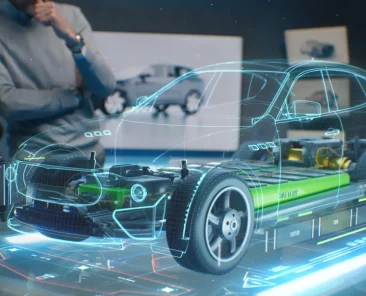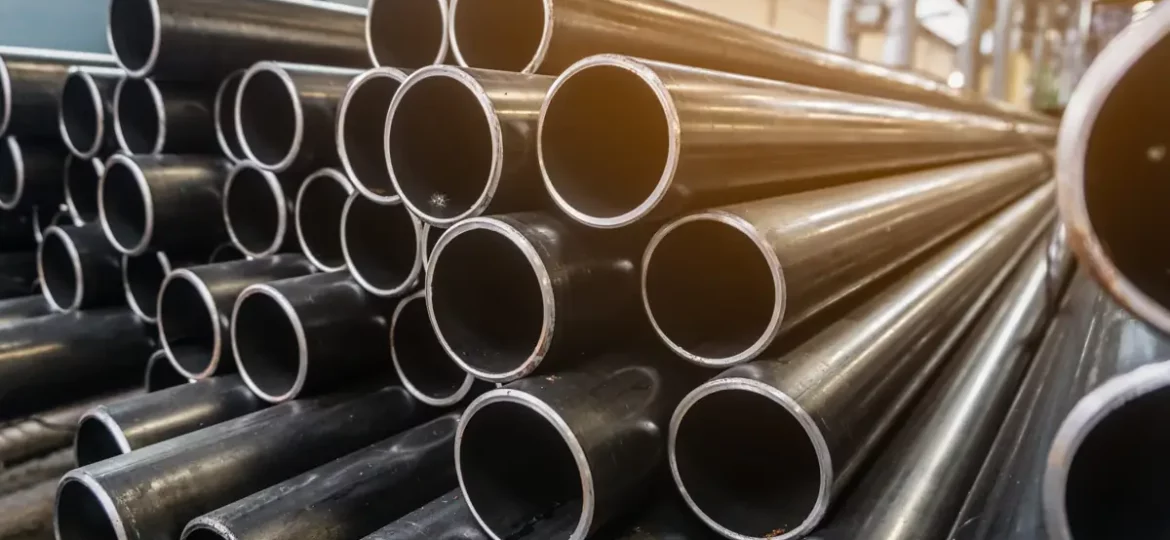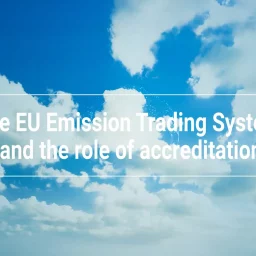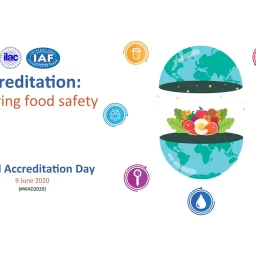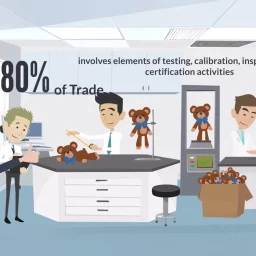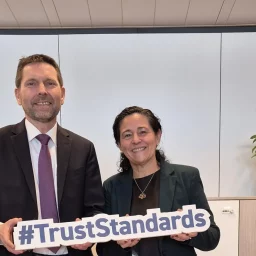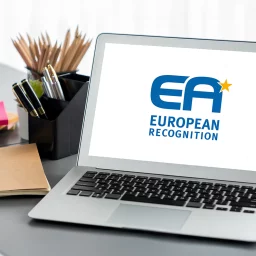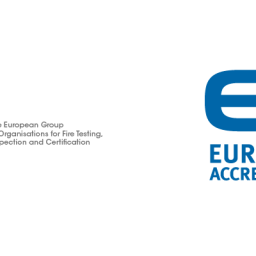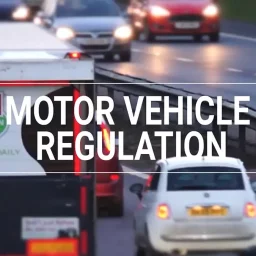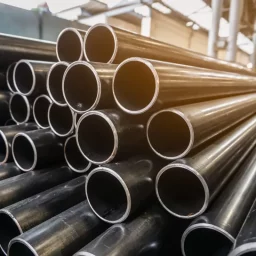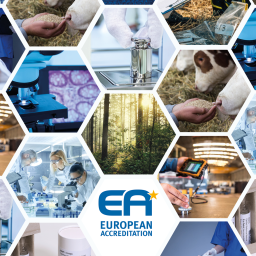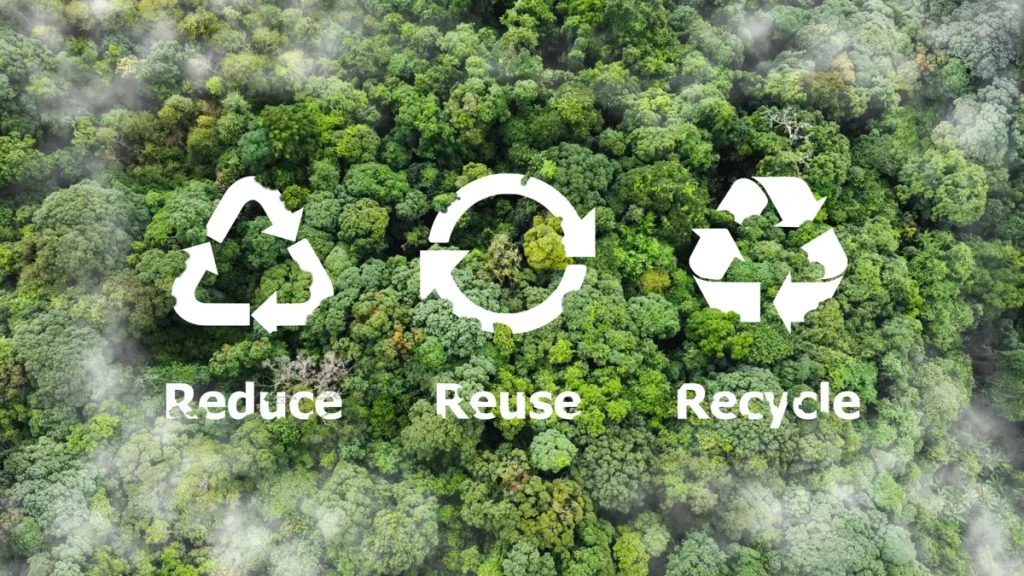
The Ecodesign for Sustainable Products Regulation (ESPR) entered into force on 18 July 2024 and is part of the European Commission’s approach to more environmentally sustainable and circular products.
Products and the way we use them can have a significant impact on the environment. Therefore, consumption within the European Union (EU) can cause climate change and pollution.
The ESPR is part of a package of measures that are central to achieving the objectives of the 2020 Circular Economy Action Plan. Those measures will contribute to helping the EU reach its environmental and climate goals, doubling its circularity rate of material use and achieving its energy efficiency targets by 2030.
The ESPR aims to significantly improve the circularity, energy performance, and other environmental sustainability aspects of products placed on the EU market. A sustainable product is likely to display one or more of the following characteristics:
- Uses less energy and lasts longer
- Can be easily repaired, parts can be easily disassembled and put to further use
- Contains fewer substances of concern
- Can be easily recycled, and contains more recycled content
- Has a lower carbon and environmental footprint over its lifecycle
This Regulation also establishes a digital product passport, which provides for the setting of mandatory green public procurement criteria, and creates a framework to prevent unsold consumer products from being destroyed.
Notified Bodies shall evaluate that products meet the requirements set out in the ESPR.
Note: Notified bodies are conformity assessment bodies (CABs) which have been officially designated and notified by their national authority to carry out the procedures for conformity assessment within the meaning of the ESPR.
The preferred means to demonstrate the competence of the CABs is the accreditation by its national accreditation body (NAB) in accordance with Regulation (EC) No 765/2008.
NABs deliver accreditation to the CABs which ensures they can verify products’ compliance with sustainability, energy efficiency, and circular economy standards. This is crucial for achieving the European Green Deal’s goals of reducing waste, promoting resource efficiency, and minimizing emissions.
What does that mean for consumers?
This means consumers will use their products longer, save money, and repair them without changing the whole thing. It means fewer resources and energy wasted on the production of equipment destined to end up in the trash after only a few years of service and better information about the energy consumption of each product.
To read more about the Ecodesign Regulation: https://commission.europa.eu/energy-climate-change-environment/standards-tools-and-labels/products-labelling-rules-and-requirements/ecodesign-sustainable-products-regulation_en
Before the Diesel emissions scandal revelations in September 2015, the European Commission identified the need to address motor vehicle non-compliance.
The AfN (Accreditation for Notification) report was just updated in April 2025 to cover one new piece of legislation: Construction Products…


